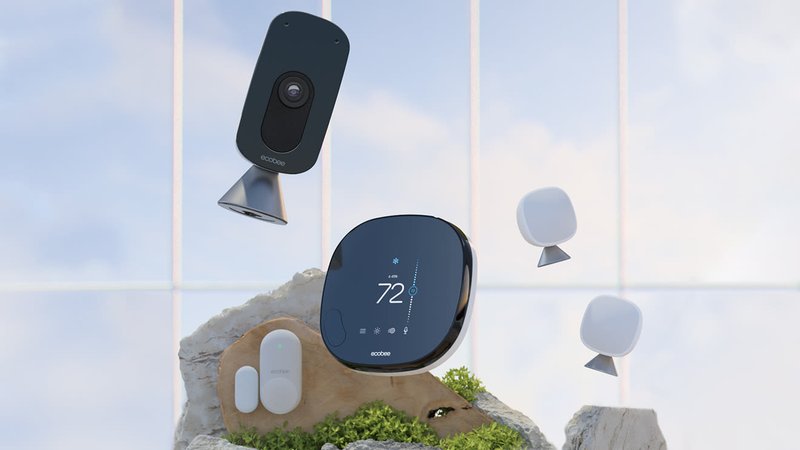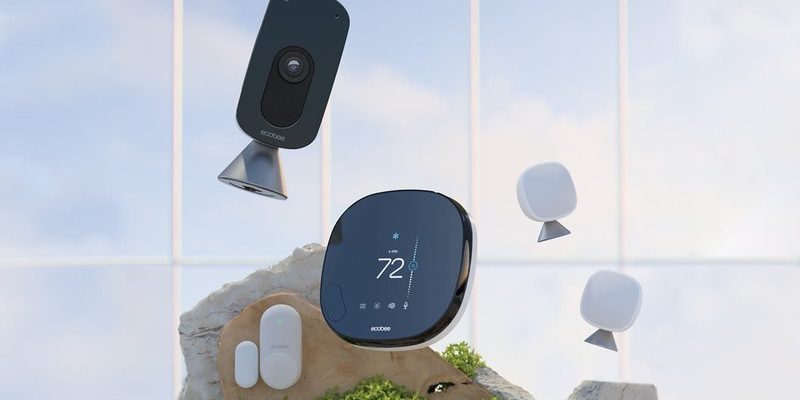
Imagine buying a brand new gadget, like an Ecobee smart thermostat, and feeling that little spark of excitement. You set it up, sync it with your phone, and finally get to control your home’s temperature with just a few taps. But then, a few months down the line, something feels off — the device won’t respond, or maybe the remote app refuses to connect. What now? Here’s where the Ecobee smart home devices warranty steps in like a safety net.
Think of the warranty as a friendly promise from Ecobee that your investment is protected. It’s not just a piece of paper with fine print; it’s the company’s way of saying, “If our product breaks or acts up under normal use, we’ve got your back.” Let me explain what exactly this warranty covers, why it matters, and how it can save you headaches if your smart home setup ever hits a snag.
Understanding the Basics of the Ecobee Warranty
First off, the Ecobee warranty is generally a limited warranty. That means it covers certain issues but not everything under the sun. Usually, the warranty runs for around three years from the date of purchase, but this can vary depending on the specific device you buy. For example, the Ecobee SmartThermostat with voice control or their smart sensors typically come with this standard coverage period.
Here’s the thing: the warranty covers defects in materials and workmanship. That’s a fancy way of saying if the device is faulty because of how it was made or because parts failed under normal use, you’re protected. But if you accidentally drop it, spill coffee on it, or try some overly complicated DIY repair, that’s usually outside the warranty’s scope.
Why does this matter? Well, troubleshooting smart devices often involves resets, re-syncing with your phone, or even pairing new sensors. If your device stops working right away, knowing that the warranty can cover a replacement or repair takes some pressure off.
What Types of Issues Does the Warranty Cover?
You might be wondering, “Okay, but what sort of problems would qualify?” Usually, Ecobee warranties cover things like:
- Hardware malfunctions — things like broken internal circuits or faulty displays.
- Software-related failures that can’t be fixed by a simple reset or firmware update.
- Problems with sensors that consistently fail to read temperature or occupancy correctly.
For example, if your Ecobee thermostat’s touchscreen suddenly stops responding and troubleshooting steps like rebooting or factory resetting don’t help, that’s a classic case where the warranty kicks in. Or if the smart remote sensor refuses to pair after multiple attempts and battery replacements, it might be a hardware flaw that warranty covers.
However, here’s a key point — the warranty typically won’t cover issues caused by improper installation. So if you tried to wire it yourself, and something fried during setup, Ecobee probably won’t replace it for free. That’s something to keep in mind when you’re deciding whether to DIY or get a pro installer.
How to Initiate a Warranty Claim with Ecobee
If you suspect your Ecobee device has a warranty-covered problem, here’s how to tackle it without stress. First, try the obvious fixes: reset the device, check the batteries (if it uses any), and re-sync or pair your remote or sensors. Sometimes, these little troubleshooting steps save the day.
When those don’t work, you’ll want to contact Ecobee’s customer support. You can do this through their website or by phone. Have your purchase information handy — usually a receipt or order number — because the warranty starts from the date of that sale.
Ecobee’s tech team may ask you to perform some basic troubleshooting over the phone or through chat. If the issue is genuine and covered, they’ll guide you through the repair or replacement process. Many customers find this straightforward, with minimal hassle.
What Does the Warranty Exclude?
Honestly, every warranty has its limits, and Ecobee’s is no different. Here are some common exclusions you should keep in mind:
- Physical damage: Drops, cracks, or water damage won’t be covered.
- Unauthorized repairs: If you or a third party open the device and tinker with the code or hardware, your warranty can be voided.
- Wear and tear: Batteries running out due to normal use aren’t covered, so keep an eye on replacements.
- Loss or theft: If your device is lost or stolen, that’s on you.
A quick story: I once had a friend who spilled soda on their smart thermostat. Naturally, the screen went haywire. When they contacted Ecobee, the customer service was clear — water damage wasn’t covered. It’s a bummer, but it helps to know this upfront rather than assuming everything’s included.
How the Warranty Compares to Other Smart Home Devices
You might be curious how Ecobee’s warranty stacks up compared to competitors like Nest or Honeywell. While each brand has its quirks, Ecobee tends to offer a solid middle ground — not the shortest warranty but not the longest either.
Nest typically offers a 2-year warranty on its thermostats, which is slightly shorter than Ecobee’s common 3-year period. Honeywell’s coverage varies greatly depending on the model and seller, sometimes falling short on sensor coverage.
Why does this matter? Well, if you’re investing in a smart home ecosystem, a longer warranty can give you peace of mind. Plus, brands like Ecobee that clearly define what’s covered and excluded make troubleshooting and claiming repairs less stressful.
Tips to Keep Your Ecobee Smart Devices Running Smoothly
Here’s something I always tell friends: prevention is better than warranty claims. To keep your smart home devices in top shape, try these simple steps:
- Regularly update: Firmware updates often fix bugs and improve stability.
- Proper setup: Follow the installation guide or hire a pro to avoid wiring errors.
- Battery check: Replace batteries in remotes or sensors as recommended.
- Safe environment: Keep devices away from moisture, extreme temperatures, and physical hazards.
Doing these things can reduce your need for troubleshooting or warranty claims dramatically. Plus, they’ll help your Ecobee devices stay responsive and connected in your smart home network.
Wrapping It Up: Why Knowing Your Ecobee Warranty Matters
Here’s the bottom line: the Ecobee smart home devices warranty is like a friendly safety net. It protects you against defects and malfunctions under normal use, but it’s not a magic shield against accidents, wear, or DIY mishaps. Knowing exactly what’s covered, how to claim it, and what to avoid can save you time, money, and frustration.
So next time you’re fiddling with your Ecobee thermostat, pairing sensors, or troubleshooting connectivity issues, remember: that warranty is working quietly in the background, ready to help if things go sideways. Just keep your device happy, follow the basic care tips, and you’ll get the best performance out of your smart home setup.
